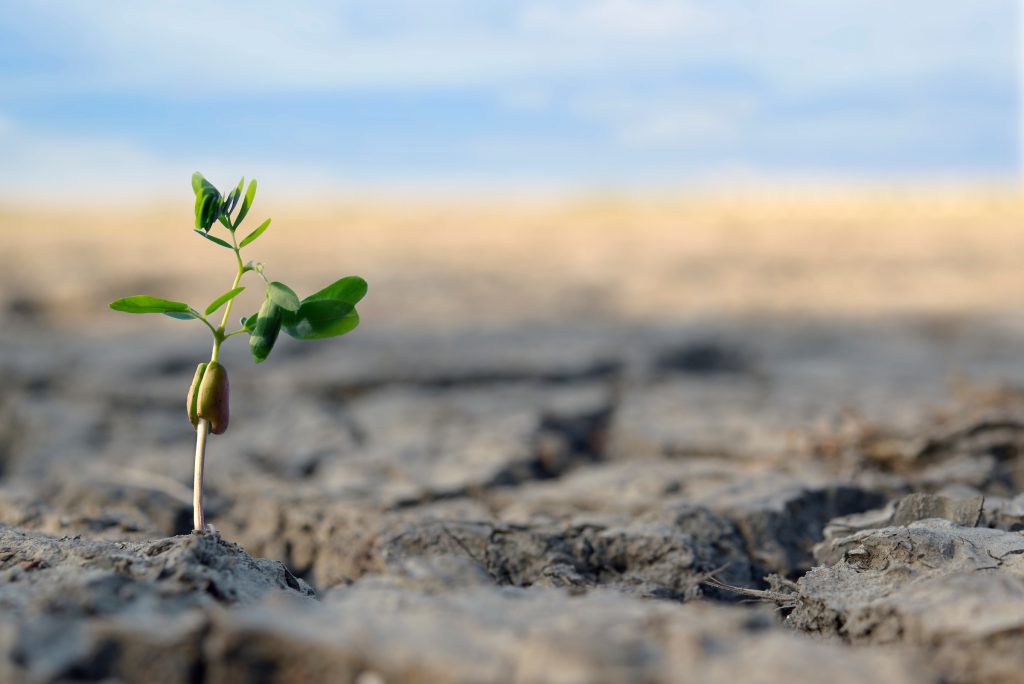If you lived through 2021, you witnessed some of the most extraordinary weather since recordkeeping began.
In the mild and rainy Pacific Northwest, a catastrophic heatwave practically roasted berries on the vine. For the first time ever, the federal government declared a water shortage at Lake Mead, the country’s largest reservoir, cutting the water supply for Arizona farmers. Enormous wildfires broke out in California, Washington state, Turkey, Greece, and Siberian Russa.
Meanwhile, extreme rainfall triggered deadly floods in North America, Germany, and China. And in another historic first, rain fell at the Greenland Summit, a place that until now has been frozen year-round.
All these weather events affect the food supply in one way or another, whether it’s destroying crops, leaving areas too harsh for farming, or triggering swarms of locusts and other pests.
“In North America over the last couple decades, we’ve seen a northward shifting of growth regions for some crops, like corn,” says Todd Mockler, PhD, a principal investigator at the Donald Danforth Plant Science Center in St. Louis. “There’s more corn being grown in southern Canada than ever, when 30-40 years ago it wasn’t a hospitable environment.” READ MORE

